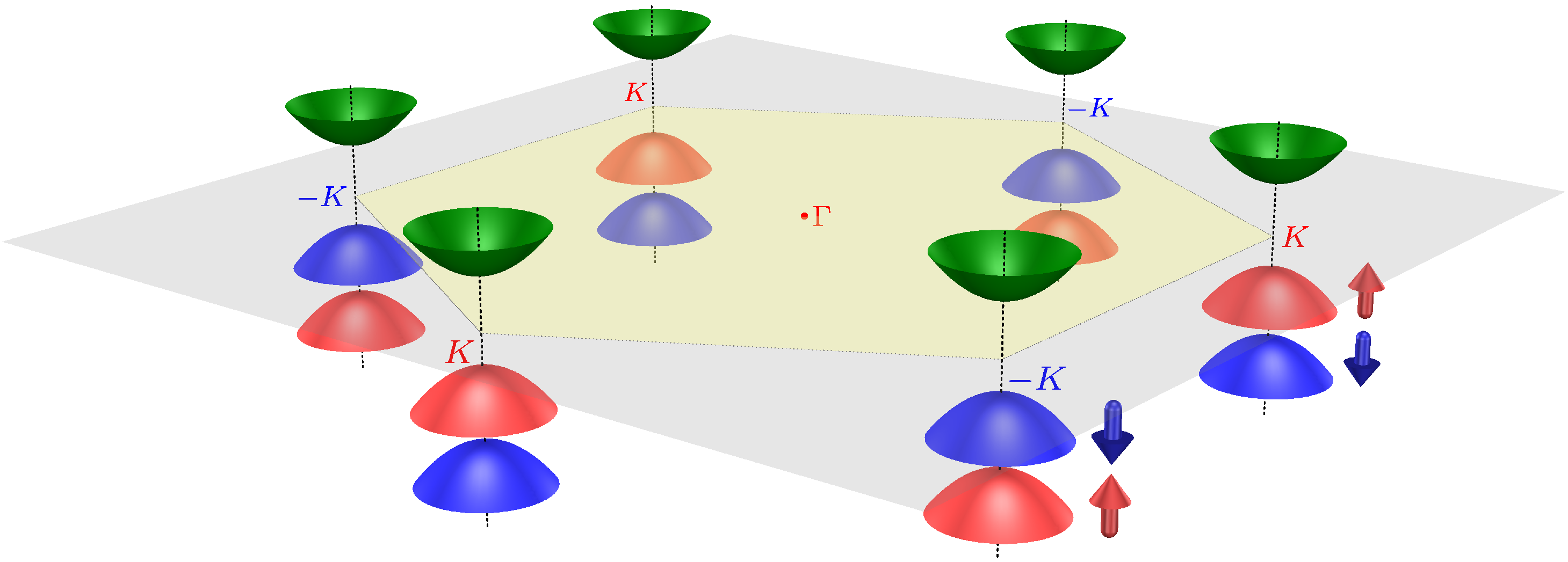Whenever I hear spintronics, valleytronics, twistronics or anything that really breaks down to the study of quantum transport, I always think of the people who taught me Quantum Mechanics and work in this field and a code called kwant.
While I do not study these topics myself, I used to try to learn related topics and I took a couple workshops since I was considering focusing on this corner of condensed matter theory. Also, I do not know (as I have not seen) automated processes applied to valleytroinics.
Mostly, what I've seen is that people work with effective Hamiltonians, such as Tight-Binding models to study the electronic structure and valley engineering. This is usually accompanied by numerical simulations, which I have seen done using the kwant code.
Kwant is an open-source code written in python that makes quantum-transport simulations on tight-binding models easy. To run the simulations, however, you need to know the form of the Tight-Binding model Haniltonian. I have seen it combined with pybinding, (python tight-binding), and if one wants to get fancy, it is possible to start with DFT, construct a DFT-fitted Tight-Binding model (with the aid of Wannier90) and then use that TB Hamiltonian in Kwant.
One article I had "at hand" that uses Kwant for Valleytronics is "Valley engineering by strain in Kekulé-distorted graphene" PHYSICAL REVIEW B 99, 035411 (2019). I happen to know some of the authors of that paper and have even learned the basics of Kwant with them.
However, a quick Google Scholar search of "Valleytronics Kwant" yields over 33 results. As you mentioned, this field is in its infancy and there is still much room for development.
Hope this helps, or gets the ball rolling.
